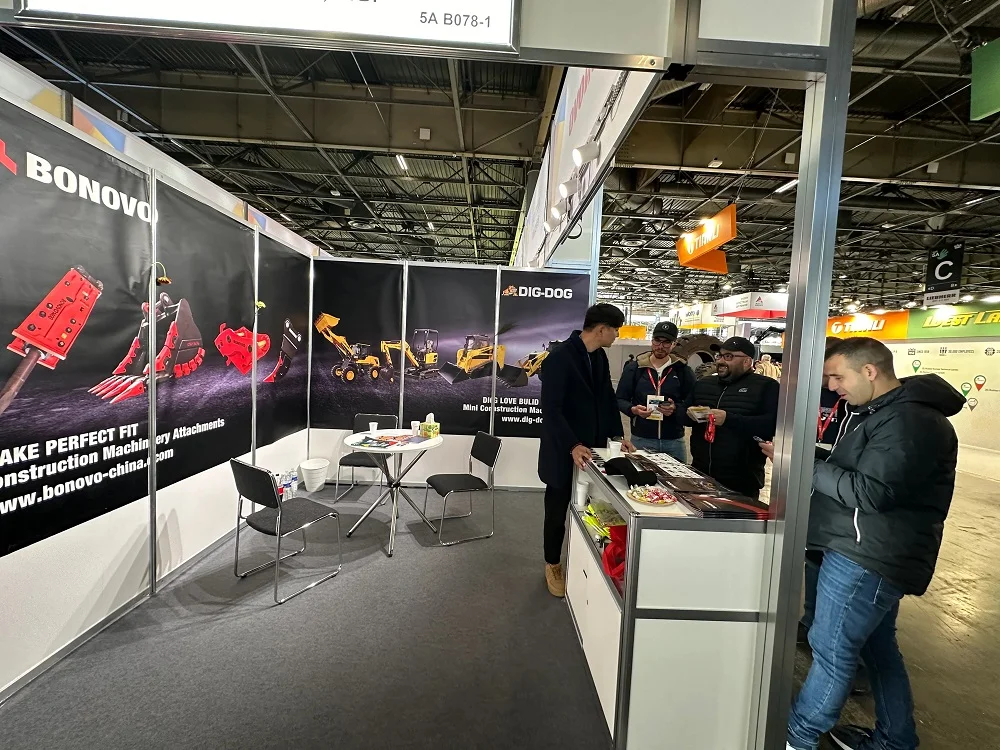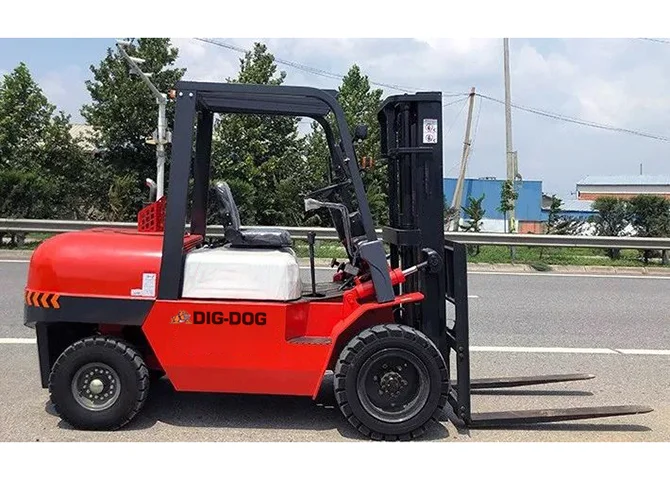The undercarriage of tracked heavy equipment, such as crawler excavators, consists of a number of moving parts that need to be maintained to make them work properly. If the undercarriage is not routinely checked and maintained, it can easily waste your valuable time and money and potentially reduce the track's life.

By following the 6 tips outlined by excavator product experts, you can achieve better performance and life in your crawler excavator's steel crawler undercarriage in construction applications.
Tip No. 1: Keep the Undercarriage Clean
At the end of each working day, excavator operators should spend time cleaning up dirt and other debris that can cause the landing gear to accumulate. A shovel and pressure gasket can be used to help clean the undercarriage.
If the landing gear is not cleaned regularly, it will accelerate premature wear of the components. This is especially true in cold climates.
"If operators neglect to clean the landing gear and work in colder climates, mud, dirt and debris will freeze," Reardon said. "Once the material freezes, it starts rubbing against the bolts, loosening the guide and trapping the rollers, leading to potential wear later on. Cleaning the chassis helps avoid unnecessary downtime."
In addition, debris can increase the weight of the landing gear and reduce fuel economy.
Many manufacturers now offer undercarriage that are easy to clean rail cars, helping debris fall to the ground rather than accumulate in the track system.
Tip No. 2: Routinely Inspect the Undercarriage
It is important to complete a thorough inspection of excessive or uneven wear of the landing gear and to look for damaged or missing parts. According to Reardon, if the machine is being used in harsh applications or other challenging conditions, the chassis may need to be checked more frequently.
Routine checks shall be carried out on the following items:
On a regular tour of the machine, the operator should check the track to see if any parts do not fit.If so, this could indicate a loose track plate or possibly a broken track pin. In addition, the roller, roller and transmission should be checked for oil leakage. These leaks could indicate seal failure, which could result in a major failure of the roller, idler, or track drive motor.
Always perform proper undercarriage maintenance in accordance with the manufacturer's operation and maintenance manual.
Tip 3: Follow basic best practices
Certain construction field tasks may cause more wear on excavator tracks and undercarriage than in other applications, so it is important that operators follow the manufacturer's recommended procedures.
Some tips that Reardon says can help reduce track and landing gear wear include:
Make a big turn: Turning sharply or spinning the machine can cause accelerated wear and increase the likelihood of derailment.
Reduced time on slopes: Continuous operation on slopes or slopes in one direction can accelerate wear and tear. However, many applications require slopes or hillside work. Make sure the drive motor is in the right position when going up or down the hill to reduce track wear. According to Reardon, the drive motor should face the back of the machine for easy operation on slopes or hills.
Avoid harsh conditions: Rough asphalt or concrete or other abrasive materials may damage the track.
Reduce unnecessary spins: Train your operator to take wide, less aggressive turns. Track spinning can cause wear and tear and reduce production efficiency.
Choose the right shoe width: Choose the right shoe width by considering the weight of the machine and the application. For example, narrower excavator shoes are better suited for hard soil and rock conditions because they have better soil penetration and grip. Wide-shod shoes usually work well on soft soles because they have more buoyancy and lower ground pressure.
Choosing the right grouper: Before choosing the number of grouper per shoe, consider apps. Single or double sandblasters work well when laying pipes, but may not work well in other applications. In general, the more tracks there are, the more contact they have with the ground, the less vibration they will have, and the longer life they will have when working under more abrasive conditions.
Tip No. 4: Maintain Proper Track Tension
Incorrect track tension can lead to increased track wear, so it is important to stick to the proper strain. In general, when your operator is working in soft, muddy conditions, it is recommended that the track be slightly loose.
If the rails are too tight or too loose, they can quickly accelerate wear and tear. A loose track can cause the track to deviate.
Tip No. 5: Consider Rubber Tracks for Sensitive Surfaces
Rubber tracks can be used with smaller excavators and these models perform well in a variety of applications. Most notably, rubber tracks provide good buoyancy, enabling the excavator to traverse and work in soft ground conditions. Rubber tracks have minimal ground disturbance to finished surfaces such as concrete, grass or asphalt.
Tip No. 6: Adhere to Proper Digging Procedures
Excavator operators should follow the basic operating procedures listed in the manufacturer's operation and maintenance manual to minimize excessive wear and track degradation.

The undercarriage accounts for a large part of the cost of replacing tracks. It's made up of expensive parts. Sticking to these six chassis maintenance tips, along with proper track maintenance, can help you reduce your total cost of ownership and extend the life of your track.
 BONOVO Group at INTERMAT 2024 Paris Exhibiton
BONOVO Group at INTERMAT 2024 Paris Exhibiton
 A Ultimate Guide to Clamp Forklifts and Attachments
A Ultimate Guide to Clamp Forklifts and Attachments
 How To Choose The Right Compact Wheel Loader
How To Choose The Right Compact Wheel Loader
 How Much Does a Forklift Weigh?
How Much Does a Forklift Weigh?